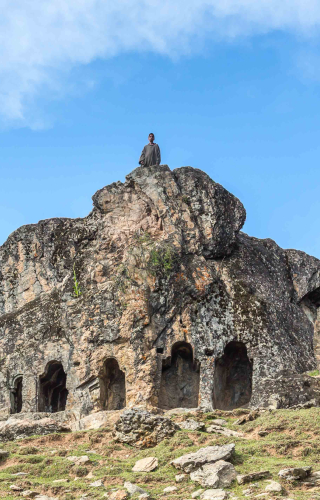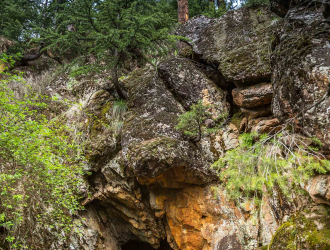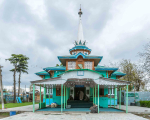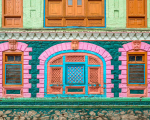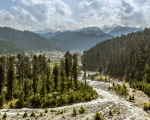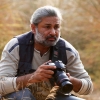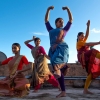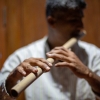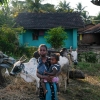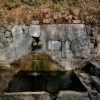Jammu and Kashmir’s accession to India on October 26, 1947, immediately changed the strategic importance of the landlocked state, now sharing borders with Pakistan, China and Russia. India opened up road and air traffic between Srinagar and Delhi, connecting Kashmir to the rest of India. This brought in filmmakers and producers from Bombay, scouting for scenic locales in the lush Kashmir Valley surrounded by snow-capped Himalayan ranges. Starting in the 60’s, Bollywood played a major role in boosting tourism in Kashmir. A spate of movies, like Junglee (1961), Kashmir ki Kali (1964), Jaanwar (1965), Jab Jab Phool Khile (1965), Kabhie Kabhie (1975), Noorie (1979) and Silsila (1981) catapulted Srinagar, Pahalgam, Gulmarg, Sonamarg, Dal Lake and Shalimar Gardens into the imagination and lexicon of Indian vacationers. Families made a beeline for these destinations in the summer months. Kashmir was also the favored honeymoon destination for young couples, professing their love in the same way Shammi Kapoor romanced his heroines on the houseboats and shikaras on Dal Lake. It was boom time for tourism in Kashmir.
The bubble burst in 1989, as militancy erupted in the Kashmir Valley. The Kashmiri Pandit community was forced out in 1991, and the Indian Army moved in to counter the cross-border insurgency, resulting in a conflict which has claimed the lives of thousands of Kashmiris and military personnel. In 2012-13, there was a brief hiatus to the conflict. During this window, I visited Kashmir thrice to work on a coffee-table book, to be titled, 'Seasons of Kashmir', sponsored by the state Tourism Department. I spent about 45 days in Kashmir shooting extensively in Duroos, Kalaroos, Lolab Valley, Reshwari, Handwara, Drangyari and other places in the Kupwara, Sopore, Baramulla districts, away from the tourist hubs around Srinagar.
In the past, these regions were at the cross roads of the Silk Route, with caravans travelling between Central Asia, Xinjiang, Tibet, Baltistan, India and Afghanistan. At Satbaran, which means 'seven doors', there are seven rock-cut caves, which according to legend were carved by Pandavas of the Mahabharata. Located between Lashtyal and Madhmadu villages, the caves at Kalaroos are believed to go all the way to Russia. The region has many natural springs, and the mountains are covered in dense forests of pine and fir. Over 90 per cent of the flora of Lolab Valley is endemic to the region. The forests here are refuge to a number of rare wildlife species like the Himalayan Black Bear, Brown Bear, Ibex, Snow Leopard, Hangul, Markhor and the Musk deer. As I journeyed across these rural stretches, I got an opportunity to get close to the locals and everyday life in rural Kashmir. I noticed the farming practices are were largely manual. Rarely did I come across a tractor, nor do I recall seeing a harvester-combine. Most farmers have small landholdings and the main occupation here is livestock rearing and making ghee, butter and milk produce. Farming consists of growing food grains, fruits and cash crops. There are stretches of apple, peach, pear and cherry orchards, paddy farms, fields dotted with walnut and almond trees. The local population earns a bit extra by making handlooms and handicrafts.
Unfortunately, information available to Indians about Kashmir is controlled and selective. National and international media don’t report beyond the ongoing conflict which has created a negative image of the state. Consequently, visitors to Kashmir Valley has declined, affecting the livelihood of many people who were once directly or indirectly dependent on the revenue earned through tourism. Without tourism, employment opportunities are limited, due to the lack of any alternative industry. Despite the hardships, the locals refuse to let go of their smiles and there is a strong sense of community in the rural areas. The book project got shelved midway, but I am hopeful that Kashmir will one day return to peace and tourists will return to the state, of which it has been said, 'If there is paradise on earth, it is here, it is here, it is here'.
Ajay Sood shares his travel stories at www.travelure.in.
